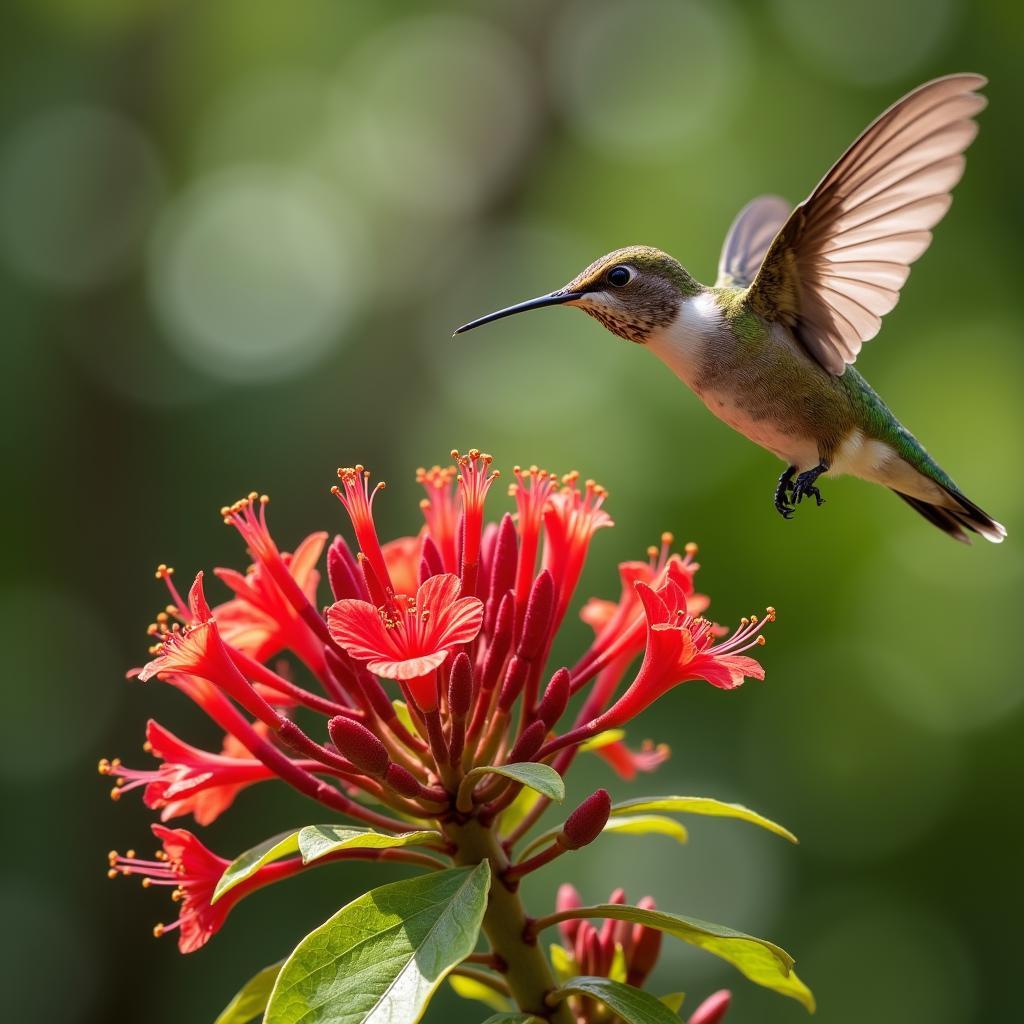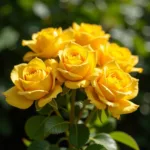Is red food coloring bad for hummingbirds? This is a question many concerned bird lovers ask. We often associate hummingbirds with red feeders, but there’s growing concern about the potential harm artificial red dyes might pose to these delicate creatures. Let’s delve into the facts and explore safer alternatives.
Understanding Hummingbird Attraction to Red
Hummingbirds are naturally drawn to the color red. This attraction isn’t solely about the color itself but rather its association with nectar-rich flowers. Red flowers often signal a plentiful food source. This natural inclination has led to the widespread use of red hummingbird feeders, making it easier for us to observe these fascinating birds up close.
The Concerns Surrounding Red Food Coloring
While red dye in hummingbird feeders has been a common practice for years, increasing research suggests it may not be the best choice. Some studies indicate that the chemicals in artificial red dyes, particularly red dye #40 (Allura Red AC), could have adverse effects on hummingbirds’ health. These potential effects range from reproductive issues to organ damage.
Potential Health Risks of Artificial Red Dyes
- Cellular Damage: Some studies suggest that artificial dyes can cause oxidative stress, leading to cellular damage in hummingbirds.
- Reproductive Problems: Concerns exist about the potential impact of red dyes on hummingbird reproduction, although more research is needed.
- Long-Term Health Impacts: The long-term effects of continuous exposure to artificial red dyes in hummingbirds are still being studied.
 Hummingbird feeding from a red-dyed feeder
Hummingbird feeding from a red-dyed feeder
Safer Alternatives to Red Food Coloring
Fortunately, there are several safe and effective alternatives to using red food coloring in your hummingbird feeders. These alternatives are not only better for the birds but also just as effective in attracting them to your garden.
Natural Ways to Attract Hummingbirds
- Choose Feeders with Red Parts: Many hummingbird feeders are already designed with red plastic or glass components. This eliminates the need for dye altogether.
- Plant Red Flowers: The most natural way to attract hummingbirds is by planting native red flowers in your garden. This provides a natural food source and contributes to a healthy ecosystem.
- Make Your Own Nectar: A simple solution of sugar and water is all you need to make hummingbird nectar. The red color of the feeder itself is often enough to attract the birds.
 Hummingbird near red flowers in a garden
Hummingbird near red flowers in a garden
Is Red Food Coloring Necessary?
The simple answer is no. Red food coloring is not necessary to attract hummingbirds. The red color of the feeder itself is sufficient, and natural nectar is perfectly healthy and appealing to these tiny birds.
Addressing Common Misconceptions
One common misconception is that hummingbirds won’t recognize a feeder without red dye. This is simply not true. Hummingbirds are attracted to the shape and location of the feeder, as well as the movement of other hummingbirds.
Conclusion: Choosing the Best for Our Hummingbirds
Ultimately, providing a safe and healthy environment for hummingbirds is paramount. While the debate surrounding red food coloring continues, opting for natural alternatives is a responsible and effective way to attract these beautiful creatures to your garden without potential harm. Is red food coloring bad for hummingbirds? While the jury is still out on the definitive answer, erring on the side of caution is the best approach.
FAQ
- What is the best ratio for homemade hummingbird nectar?
A simple 1:4 ratio of sugar to water is ideal. - How often should I clean my hummingbird feeder?
Clean your feeder every 3-5 days, especially in hot weather. - Do hummingbirds prefer a certain type of flower?
Hummingbirds are attracted to tubular flowers, especially those that are red, orange, or pink. - Can I use honey instead of sugar in hummingbird nectar?
No, honey can ferment and harm hummingbirds. - What other colors attract hummingbirds?
While red is the most attractive, hummingbirds are also drawn to orange, pink, and purple. - How can I prevent ants from getting into my hummingbird feeder?
Use an ant moat or apply a sticky barrier around the feeder hanger. - When should I put out my hummingbird feeder?
Put your feeder out in the spring when hummingbirds begin to migrate.
Common Scenarios & Questions
- Scenario: I’ve always used red dye and my hummingbirds seem fine.
- Response: While your hummingbirds may appear healthy, long-term effects of red dye are still being studied. Switching to natural alternatives is a precautionary measure.
- Scenario: I can’t find a feeder without red parts.
- Response: Consider masking any non-red parts with red tape.
Further Exploration
For more information on hummingbird care, visit reputable websites like the Audubon Society or the Hummingbird Society.
Need assistance? Contact us: Phone: 0373298888, Email: SEO.backlink@gmail.com, Address: 86 Cầu Giấy, Hanoi. We have a 24/7 customer support team.

